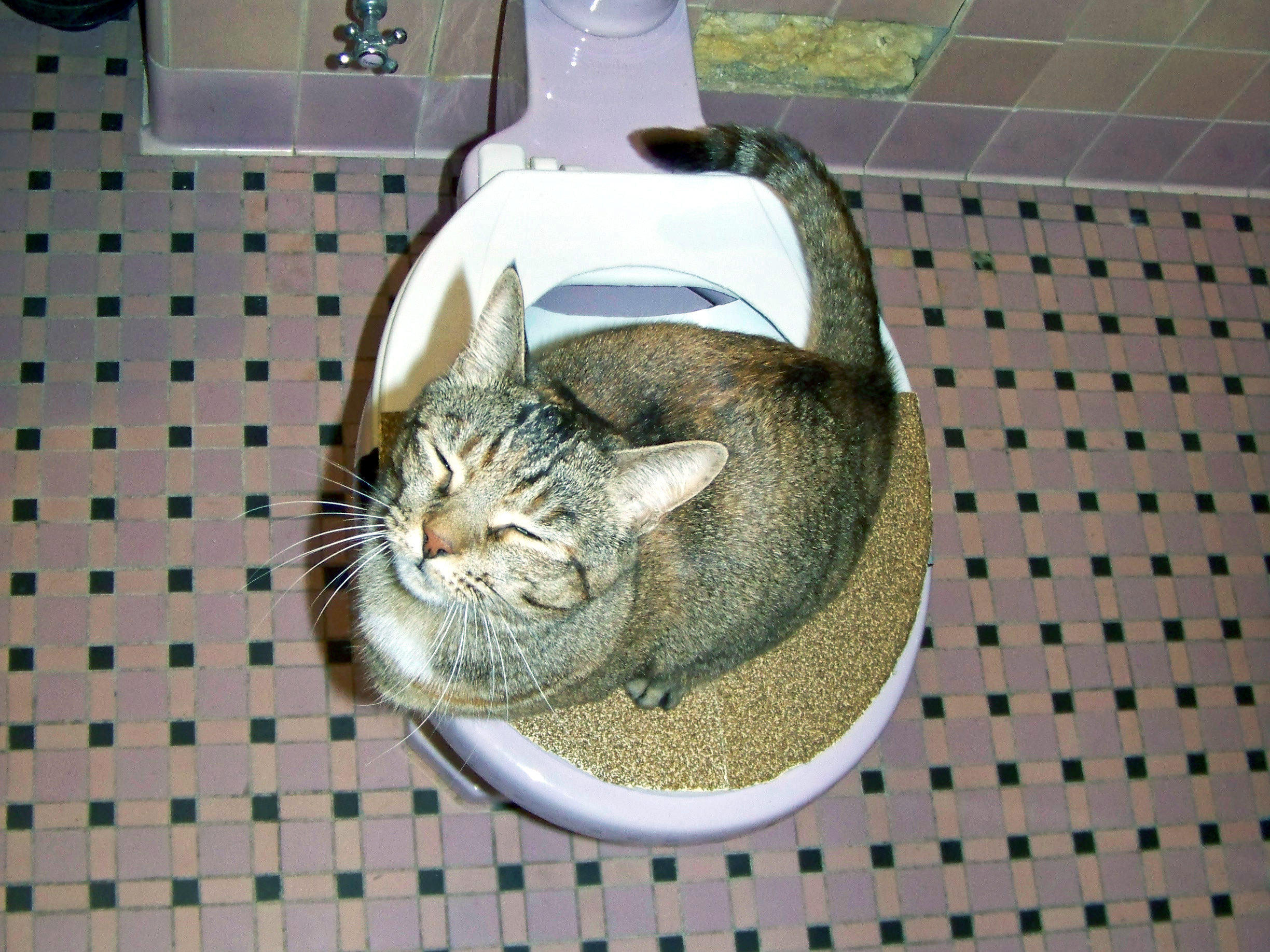The author is making a few great observations on Can You Flush Cat Poo or Litter Down the Toilet? as a whole in this great article followed below.

Introduction
As pet cat owners, it's essential to be mindful of how we get rid of our feline close friends' waste. While it might seem convenient to purge feline poop down the toilet, this technique can have detrimental effects for both the setting and human wellness.
Ecological Impact
Flushing feline poop presents dangerous microorganisms and parasites right into the water, posturing a significant danger to aquatic environments. These contaminants can negatively affect marine life and concession water quality.
Health Risks
In addition to environmental concerns, purging pet cat waste can also pose wellness threats to humans. Cat feces might include Toxoplasma gondii, a parasite that can create toxoplasmosis-- a possibly severe ailment, particularly for expecting ladies and people with damaged body immune systems.
Alternatives to Flushing
Fortunately, there are safer and much more accountable methods to take care of cat poop. Take into consideration the adhering to choices:
1. Scoop and Dispose in Trash
One of the most common approach of dealing with pet cat poop is to scoop it right into an eco-friendly bag and toss it in the garbage. Make certain to make use of a committed clutter inside story and take care of the waste without delay.
2. Use Biodegradable Litter
Opt for naturally degradable feline litter made from products such as corn or wheat. These trashes are environmentally friendly and can be safely gotten rid of in the trash.
3. Hide in the Yard
If you have a yard, think about hiding cat waste in a designated location far from veggie gardens and water resources. Be sure to dig deep sufficient to avoid contamination of groundwater.
4. Set Up a Pet Waste Disposal System
Buy a pet dog garbage disposal system especially designed for pet cat waste. These systems make use of enzymes to break down the waste, lowering smell and ecological effect.
Final thought
Accountable animal ownership expands past providing food and sanctuary-- it likewise entails appropriate waste monitoring. By refraining from flushing pet cat poop down the bathroom and choosing different disposal techniques, we can reduce our ecological footprint and safeguard human wellness.
Why Can’t I Flush Cat Poop?
It Spreads a Parasite
Cats are frequently infected with a parasite called toxoplasma gondii. The parasite causes an infection called toxoplasmosis. It is usually harmless to cats. The parasite only uses cat poop as a host for its eggs. Otherwise, the cat’s immune system usually keeps the infection at low enough levels to maintain its own health. But it does not stop the develop of eggs. These eggs are tiny and surprisingly tough. They may survive for a year before they begin to grow. But that’s the problem.
Our wastewater system is not designed to deal with toxoplasmosis eggs. Instead, most eggs will flush from your toilet into sewers and wastewater management plants. After the sewage is treated for many other harmful things in it, it is typically released into local rivers, lakes, or oceans. Here, the toxoplasmosis eggs can find new hosts, including starfish, crabs, otters, and many other wildlife. For many, this is a significant risk to their health. Toxoplasmosis can also end up infecting water sources that are important for agriculture, which means our deer, pigs, and sheep can get infected too.
Is There Risk to Humans?
There can be a risk to human life from flushing cat poop down the toilet. If you do so, the parasites from your cat’s poop can end up in shellfish, game animals, or livestock. If this meat is then served raw or undercooked, the people who eat it can get sick.
In fact, according to the CDC, 40 million people in the United States are infected with toxoplasma gondii. They get it from exposure to infected seafood, or from some kind of cat poop contamination, like drinking from a stream that is contaminated or touching anything that has come into contact with cat poop. That includes just cleaning a cat litter box.
Most people who get infected with these parasites will not develop any symptoms. However, for pregnant women or for those with compromised immune systems, the parasite can cause severe health problems.
How to Handle Cat Poop
The best way to handle cat poop is actually to clean the box more often. The eggs that the parasite sheds will not become active until one to five days after the cat poops. That means that if you clean daily, you’re much less likely to come into direct contact with infectious eggs.
That said, always dispose of cat poop in the garbage and not down the toilet. Wash your hands before and after you clean the litter box, and bring the bag of poop right outside to your garbage bins.
https://trenchlesssolutionsusa.com/why-cant-i-flush-cat-poop/

We had been made aware of that editorial about How to Dispose of Cat Poop and Litter Without Plastic Bags from a good friend on our other website. If you please set aside a second to share this content if you enjoyed reading it. I enjoy reading our article about Can You Flush Cat Poo or Litter Down the Toilet?.
Set Up An Appointment
Comments on “Why Flushing Cat Poop Down Your Toilet Can Cause Problems - Tips for Safe Handling”